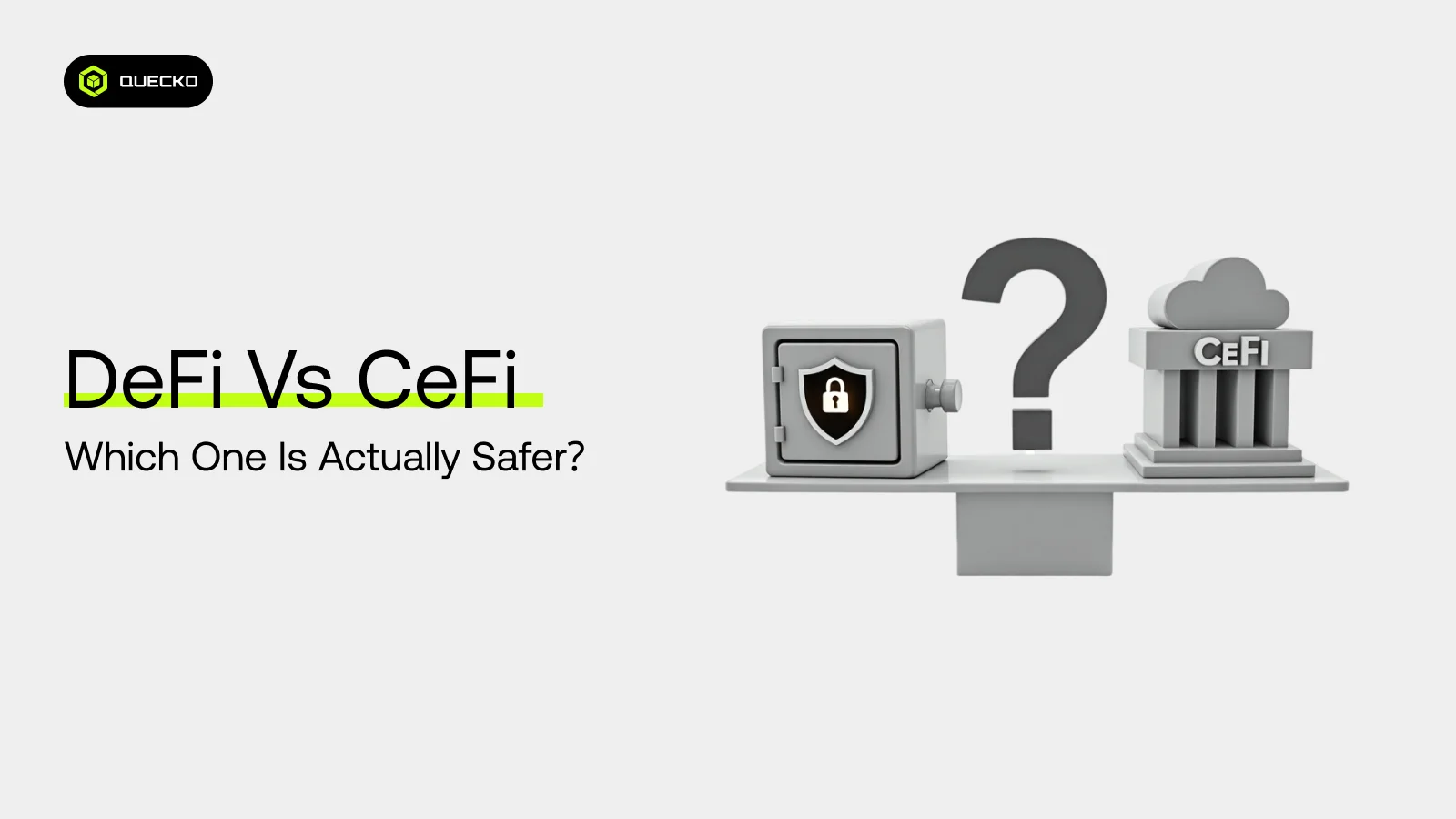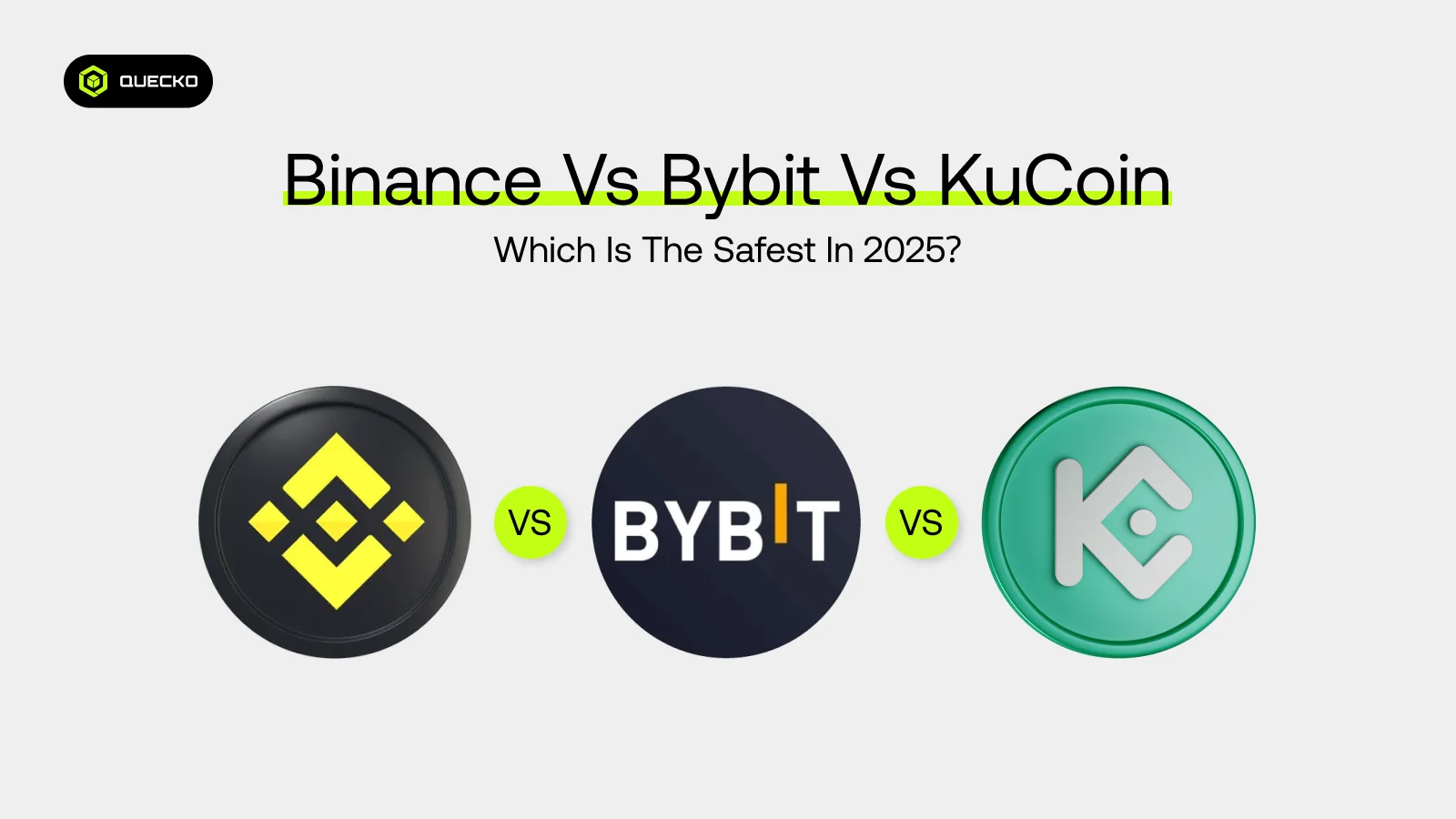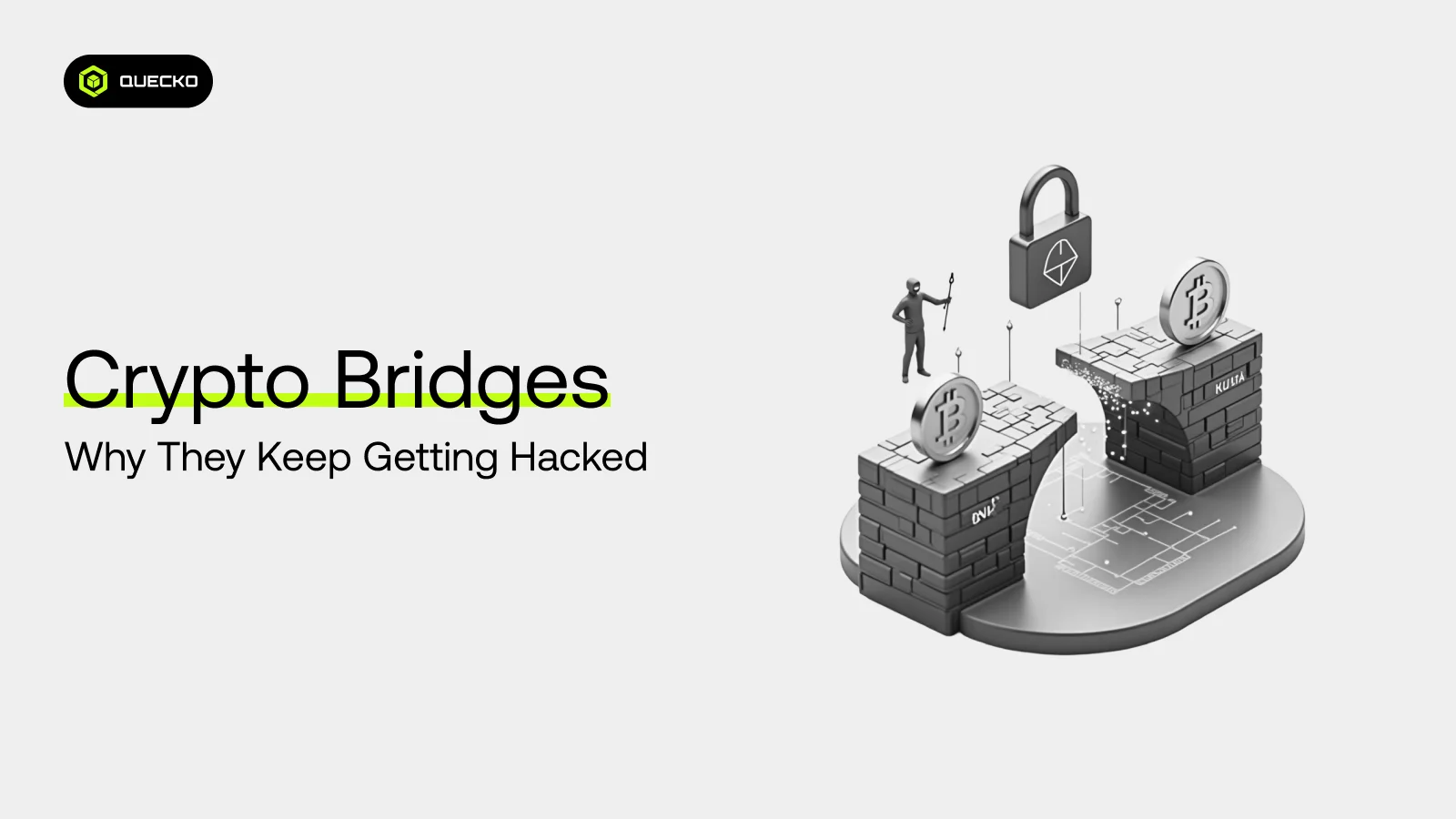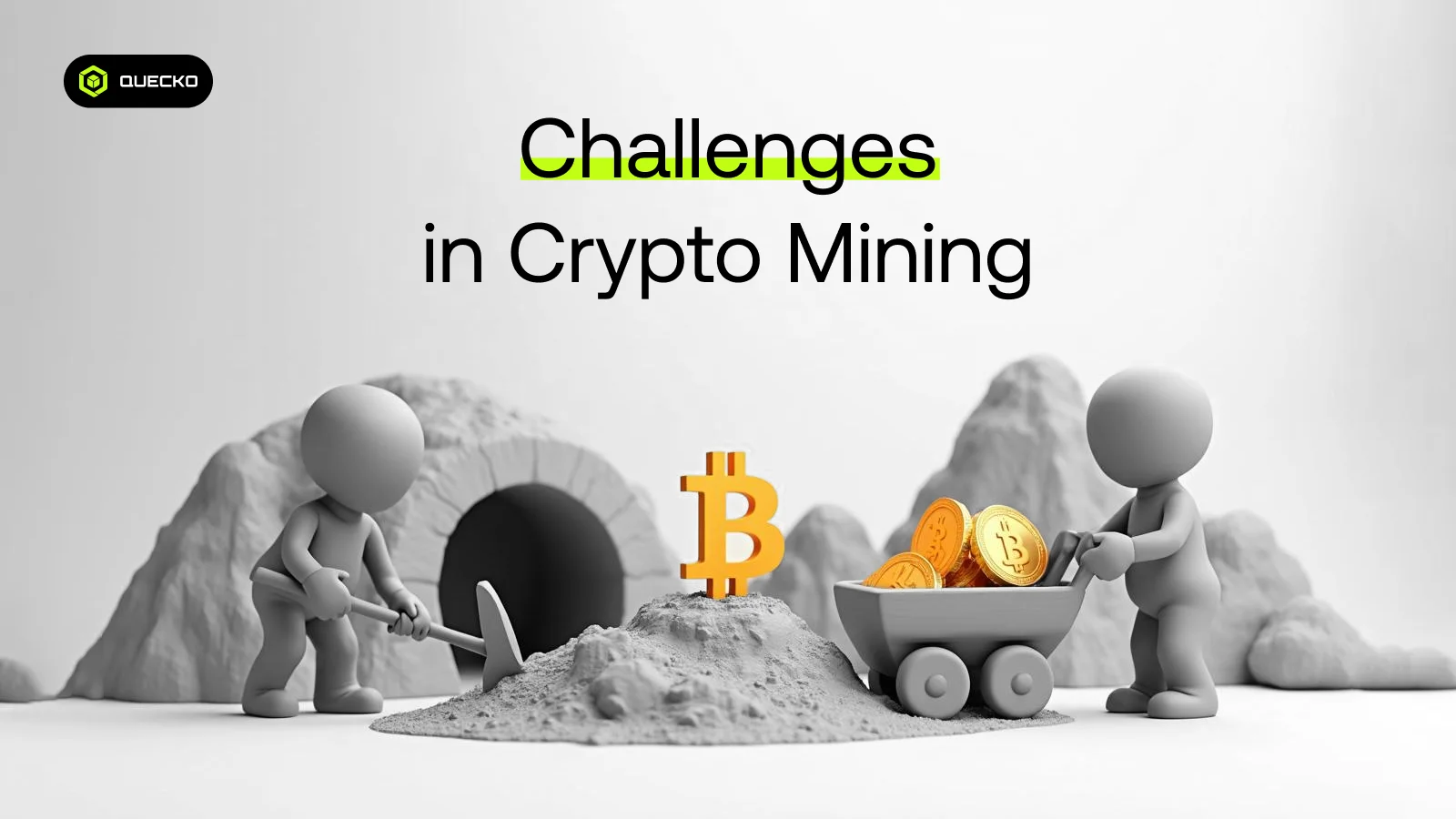How to Integrate WalletConnect and MetaMask into Your Web3 Project
Step-by-step guide to integrating WalletConnect & MetaMask in Web3 projects for secure crypto transactions. Boost your dApp’s usability today!
In the decentralized web (Web3), wallet integration is crucial for enabling users to interact with blockchain applications seamlessly. Two of the most widely used wallet connection solutions are MetaMask (a browser-based Ethereum wallet) and WalletConnect (a protocol for connecting mobile and desktop wallets).
This guide will explore the theoretical approach to integrating both crypto wallets, i.e, MetaMask and WalletConnect, into a Web3 project, ensuring users have multiple options to connect their wallets securely.
Why Integrate Both MetaMask and WalletConnect?
Incorporating both MetaMask and WalletConnect as crypto wallet options offers a versatile solution, catering to a diverse range of users and their preferences. This integration enhances accessibility while simplifying connectivity across devices.
- MetaMask: Perfect for users who prefer browser-based extensions, MetaMask supports platforms like Chrome, Firefox, and Brave. It’s ideal for those who engage primarily with decentralized applications (dApps) on desktop environments.
- WalletConnect: Designed for mobile-first experiences, WalletConnect seamlessly connects to crypto wallets such as Trust Wallet, MetaMask Mobile, Rainbow, and more. It’s a great choice for users who prefer handling their crypto activities on the go.
- Flexibility: By integrating both options, broader accessibility is ensured, empowering users to interact with dApps in a way that best suits their device and lifestyle preferences.
Step 1: Understanding Wallet Connection Methods
Connecting wallets to decentralized applications (dApps) requires a solid understanding of the available methods. By integrating MetaMask and WalletConnect, users can choose between browser-based and mobile-friendly options to interact seamlessly with the Ethereum ecosystem.
- MetaMask Integration:
- Injected Provider: MetaMask operates by injecting a global window.ethereum object into web browsers. This object acts as a bridge, enabling dApps to communicate with the Ethereum network directly.
- EIP-1193 Standard: MetaMask adheres to Ethereum’s provider API standard, making it possible for dApps to initiate transactions, request signatures, and interact securely.
- WalletConnect Integration:
- QR Code & Deep Linking: Users can connect their wallets by scanning a QR code or clicking a deep link. This process simplifies wallet connectivity, particularly for mobile users.
- Bridge Server: WalletConnect leverages a relay server to establish encrypted and secure connections between dApps and wallets, ensuring reliable interactions.
Step 2: Choosing the Right Libraries
Selecting the appropriate libraries is critical for simplifying the development of wallet integration and enhancing the user experience. Here are some popular choices used by developers:
- ethers.js / web3.js: These libraries provide robust tools for direct interaction with the Ethereum blockchain. They enable developers to manage transactions, interact with smart contracts, and retrieve blockchain data.
- Wagmi: A React-based library, Wagmi offers developer-friendly hooks specifically designed for wallet connections. Its simplicity and versatility make it a favored choice for building modern dApps.
- Web3Modal: This UI framework supports multiple crypto wallet options, including MetaMask and WalletConnect. It provides an intuitive and customizable interface for users to connect their wallets effortlessly.
Step 3: Setting Up the Connection Logic
MetaMask Connection Flow
Establishing a connection with MetaMask involves a straightforward, well-defined process. Following these steps ensures seamless integration for browser-based users:
- Check for Provider: Begin by detecting whether window.ethereum exists in the user’s browser environment. This step verifies MetaMask’s presence and availability for interaction.
- Request Account Access: Use the eth_requestAccounts method to prompt users for wallet connection. This request initiates access to the user’s Ethereum account and enables dApp interaction.
- Handle Chain Changes: Monitor events like chainChanged and accountsChanged to handle cases where users switch networks or accounts. Reacting to these changes ensures smooth and uninterrupted functionality.
WalletConnect Connection Flow
Setting up WalletConnect requires a slightly different approach, tailored to its mobile-friendly design. Follow these steps to provide a secure and intuitive connection flow:
- Initialize Connector: Configure WalletConnect by setting up a connector with a project ID obtained from WalletConnect Cloud. This acts as the foundation for wallet pairing.
- Generate QR Code: Display a QR code that users can scan with their mobile wallets to establish the connection. This step simplifies pairing and supports cross-device interaction.
- Session Management: Handle events related to user approval, rejection, or disconnection during the session. Managing these scenarios ensures a reliable and user-friendly experience.
Step 4: Handling User Sessions
To maintain a seamless user experience, managing sessions effectively is critical. Incorporate the following strategies for optimal results:
- Persistent Connections: Use tools like localStorage or Wagmi’s autoConnect feature to restore user sessions. These methods enhance convenience by allowing users to reconnect without additional steps.
- Error Handling: Prepare for cases where the MetaMask wallet isn’t installed or WalletConnect fails. Providing clear error messages and alternative solutions ensures users remain informed and engaged.
- Multi-Chain Support: Design the application to function across multiple blockchains, such as Ethereum, Polygon, and Binance Smart Chain (BSC). Supporting a variety of networks broadens accessibility and versatility for users.
Step 5: Security Considerations
Ensuring robust security measures is crucial when integrating wallets into decentralized applications. Addressing potential vulnerabilities builds user trust and protects sensitive data.
- Phishing Protection: Always encourage users to carefully verify transactions before signing them. This prevents unauthorized actions and shields users from phishing attempts, which remain a common threat.
- Session Encryption: WalletConnect employs end-to-end encryption to secure communication between decentralized applications (dApps) and wallets. This encryption safeguards user data and ensures transactions remain private and tamper-proof.
- Revoking Access: Allow users to securely disconnect their wallets when needed. This functionality helps users maintain control over their connections and adds an extra layer of security.
Step 6: Enhancing UX with Web3Modal
Leveraging Web3Modal can be an effective solution for simplifying and elevating user experienceAllow users to securely disconnect their wallets when needed. This. It reduces development complexity while offering versatile features tailored to wallet integration.
- Unified Wallet Selection Dialog: Web3Modal provides users with a centralized interface for selecting their preferred wallet. This simplifies the process and makes the experience more intuitive.
- Support for 50+ Wallets: The framework accommodates a wide range of wallets, including popular options like MetaMask Wallet, WalletConnect, and Coinbase Wallet. This broad compatibility ensures users can easily connect, regardless of their wallet choice.
- Theming and Customization Options: Web3Modal enables developers to tailor the interface to align with their application’s branding and design. Offering customization ensures that the wallet selection process feels seamless and visually cohesive.
Conclusion:
In my personal opinion, integrating MetaMask wallet and WalletConnect is a no-brainer for any Web3 project aiming to reach a wide audience. By offering solutions tailored to both desktop and mobile users, you ensure accessibility and flexibility, which are key to driving user engagement and satisfaction in the decentralized ecosystem.
The use of libraries like Wagmi and Web3Modal further simplifies the technical hurdles, allowing developers to focus on creating seamless wallet connections without compromising on security or usability. With these tools in hand, crafting a user-friendly experience becomes not only achievable but also efficient.
Having these integrations in place shows thoughtful consideration of user needs, and it’s a step forward for any project looking to thrive in the competitive world of Web3. If I were holding on a similar journey, this approach would make my priority list!
Best Practices
✔ Offer Multiple Wallet Options – Cater to different user preferences.
✔ Handle Errors Gracefully – Guide users if MetaMask isn’t installed.
✔ Test Extensively – Ensure compatibility across devices and wallets.
Date
2 months agoShare on











